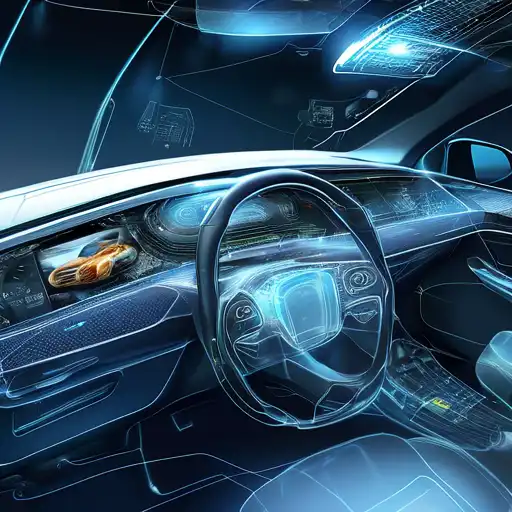Introduction to Embedded Systems in Automotive
Embedded systems have become the backbone of modern automotive engineering, driving innovations that enhance safety, efficiency, and user experience. These systems are specialized computing platforms that perform dedicated functions within larger mechanical or electrical systems. In the automotive sector, they are pivotal in controlling everything from engine management to advanced driver-assistance systems (ADAS).
The Role of Embedded Systems in Automotive Safety
Safety is paramount in the automotive industry, and embedded systems play a crucial role in ensuring it. Through real-time monitoring and control, these systems can prevent accidents by managing vehicle dynamics, such as anti-lock braking systems (ABS) and electronic stability control (ESC). Moreover, embedded systems are at the heart of ADAS, providing features like lane departure warnings, automatic emergency braking, and adaptive cruise control.
Innovations Driven by Embedded Systems
The automotive industry is witnessing a surge in innovation, thanks to embedded systems. Electric vehicles (EVs) and autonomous cars are prime examples where embedded systems are indispensable. They manage battery life in EVs and process vast amounts of data in real-time for autonomous driving. Furthermore, connectivity features such as V2X (vehicle-to-everything) communication are enabling smarter, safer, and more efficient transportation ecosystems.
Challenges and Future Directions
Despite their benefits, embedded systems in automotive applications face challenges, including cybersecurity risks and the need for higher computational power. However, advancements in semiconductor technology and the adoption of AI and machine learning are paving the way for more robust and intelligent systems. The future of automotive embedded systems lies in enhancing autonomy, improving energy efficiency, and ensuring unparalleled safety standards.
Conclusion
Embedded systems are revolutionizing the automotive industry by enhancing safety and fostering innovation. As technology evolves, these systems will continue to play a critical role in shaping the future of transportation. The integration of advanced technologies like AI and IoT with embedded systems promises to deliver smarter, safer, and more efficient vehicles, marking a new era in automotive engineering.
